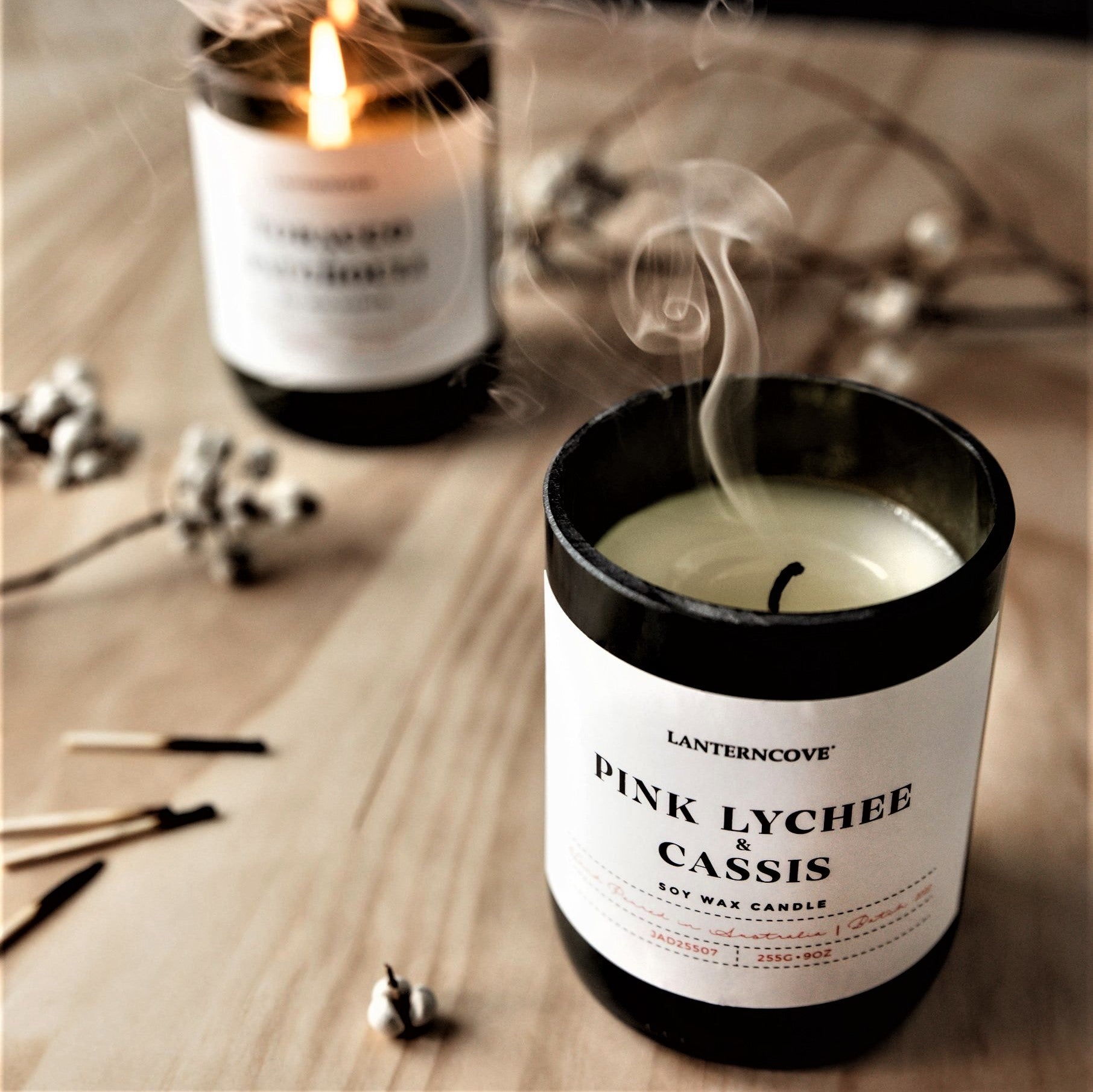Boost Your Room with Costs Soy Wax Candles and Home Fragrance
Boost Your Room with Costs Soy Wax Candles and Home Fragrance
Blog Article
From Wick to Wax: Recognizing the Chemistry Behind Soy Wax Candles and Their Ecological Effect
As we illuminate our rooms with the cozy glow of candles, there lies a world of detailed chemistry behind the seemingly basic act of lighting a soy wax candle light. Join us as we unravel the scientific complexities behind soy wax candle lights and explore their implications on our environment.
Soy Wax Vs. Paraffin Wax
When contrasting soy wax and paraffin wax for candle making, it is crucial to understand the distinct attributes and benefits of each product. Soy wax is an all-natural, eco-friendly source stemmed from soybean oil, making it environmentally friendly and biodegradable - candles. On the other hand, paraffin wax is a by-product of oil refining, which elevates concerns concerning its ecological influence and sustainability
Soy wax candle lights shed cleaner and emit much less soot compared to paraffin wax candles, making them a much healthier selection for indoor air quality. Furthermore, soy wax has a lower melting point, permitting a longer-lasting candle light that spreads scent better. Paraffin wax, on the various other hand, often tends to melt faster and much less cleanly, possibly launching unsafe chemicals into the air.
From a sustainability viewpoint, soy wax is favored for its biodegradability and sustainable sourcing, lining up with the expanding customer choice for eco conscious products. While paraffin wax has been a typical option in candle light making because of its cost and simplicity of usage, the shift in the direction of environment-friendly alternatives like soy wax is getting energy in the market.
Chemical Structure of Soy Wax

Burning Process in Soy Candles
The chemical structure of soy wax directly influences the combustion procedure in soy candles, influencing elements such as shed time, aroma launch, visit our website and environmental impact. When a soy candle light is lit, the warm from the fire melts the wax near the wick. This liquid wax is after that formulated the wick because of capillary action. As the fluid wax gets to the fire, it undertakes and vaporizes burning. The burning process entails the vaporized hydrocarbons in the wax responding with oxygen airborne to produce warm, light, water vapor, and co2.
The combustion effectiveness of soy candles is affected by the purity of the soy wax and the high quality of the wick. Furthermore, soy wax candle lights have a lower ecological influence contrasted to paraffin candle lights due to their eco-friendly and renewable nature.

Ecological Advantages of Soy Wax

Taken into consideration a lasting alternative to standard paraffin wax, soy wax uses noteworthy ecological benefits that make it a prominent choice among eco-conscious consumers. One substantial advantage of soy wax is its renewable sourcing. Soy wax is obtained from soybean oil, which is predominantly cultivated in the United States. The cultivation of soybeans aids sustain regional farmers and lowers the dependency on non-renewable fossil gas used in paraffin wax manufacturing. Additionally, soy wax is biodegradable, meaning it breaks down naturally without releasing hazardous toxins into the environment. This particular makes soy wax candle lights a much more eco pleasant choice compared to paraffin wax candle lights, which are made from petroleum, a non-renewable source. Furthermore, soy wax burns cleaner and generates much less residue than paraffin wax, adding to much better interior air high quality and minimizing the demand for cleaning and upkeep. In general, the environmental advantages of soy wax straighten with the growing demand for lasting and environment-friendly products out there.
Recycling and Disposal Factors To Consider
Recycling and correct disposal of soy wax candles play an essential function in maintaining environmental sustainability and reducing waste in areas and houses. When it comes to recycling soy wax candle lights, the initial step is to make certain that the candle light has actually burned entirely.

In regards to disposal, if recycling is not an alternative, soy wax candle lights are naturally degradable and can be safely gotten rid of in most house waste systems. It is always recommended to inspect with regional reusing centers or waste administration solutions for particular guidelines on candle disposal to make sure correct handling and environmental protection.
Final Thought
In verdict, the chemistry behind soy wax candles exposes their ecological advantages over paraffin wax this page candle lights. Soy wax, obtained from soybean oil, burns cleaner and generates much less soot when compared to paraffin wax.
When contrasting soy wax and paraffin wax for candle light making, it is crucial to understand the distinct qualities and advantages of each material (soy candles).Soy wax candles melt cleaner and discharge less residue contrasted to paraffin wax candles, making them a healthier choice for indoor air quality.Thought about a sustainable option to standard paraffin wax, soy wax supplies notable ecological benefits that make it a popular selection amongst eco-conscious customers. Soy that site wax burns cleaner and creates much less residue than paraffin wax, adding to far better indoor air top quality and minimizing the requirement for cleansing and upkeep.In conclusion, the chemistry behind soy wax candle lights discloses their environmental advantages over paraffin wax candle lights
Report this page